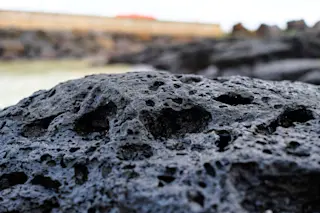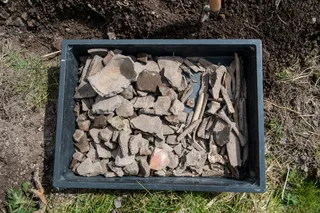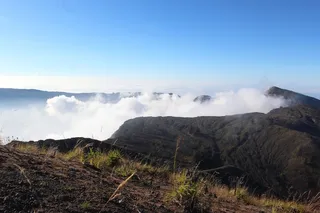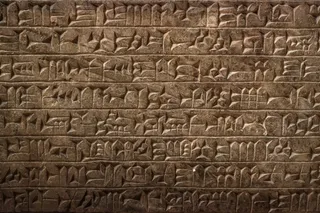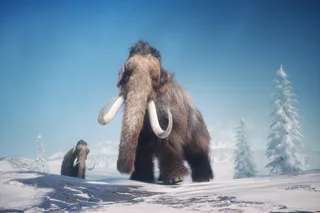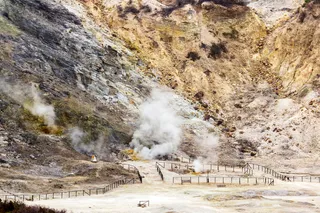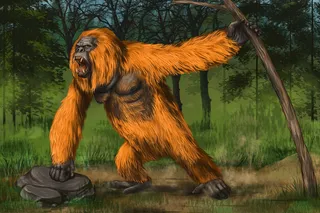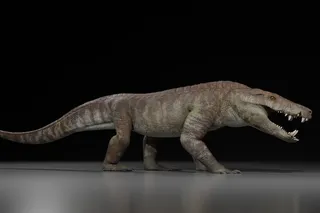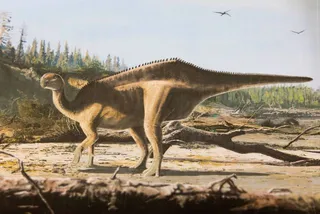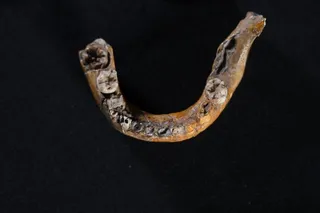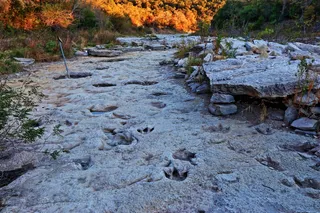Some of the most devastating mass extinctions bookended the age of the dinosaurs. The “Great Dying” that wiped out 70 percent of life on land and 90 percent in the seas, was caused by volcanic activity 252 million years ago. In its wake, dinosaurs evolved and reigned, until a meteorite hit and took them out (except birds), along with lots of other critters 65 million years ago.
But during the millions of years in between when dinosaurs flourished — the Triassic, Jurassic and Cretaceous periods — there were other, less well-known periods of environmental cataclysm that left lots of species in the dust. And in a new study, scientists shed light on how a pattern of volcanic activity might have spurred multiple mass extinctions in the early Jurassic, between 178 and 190 million years ago.
While the idea that multiple volcanic events took place in the early Jurassic isn't new, ...


